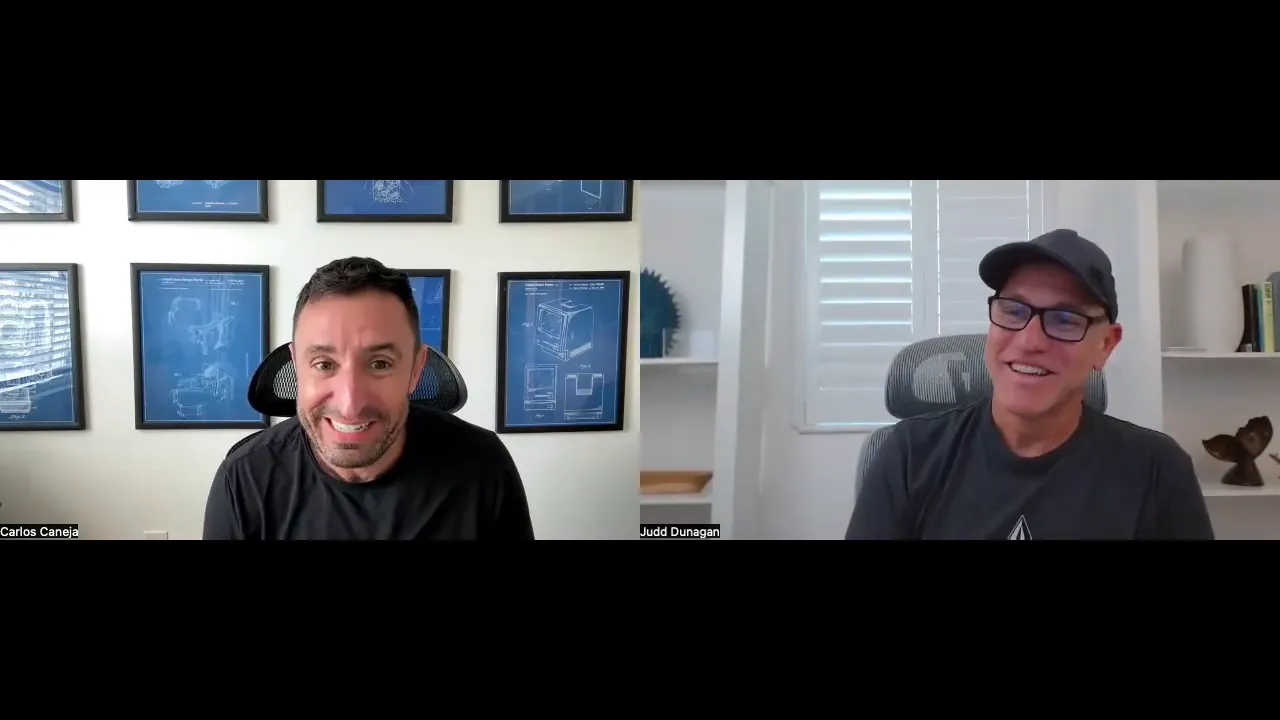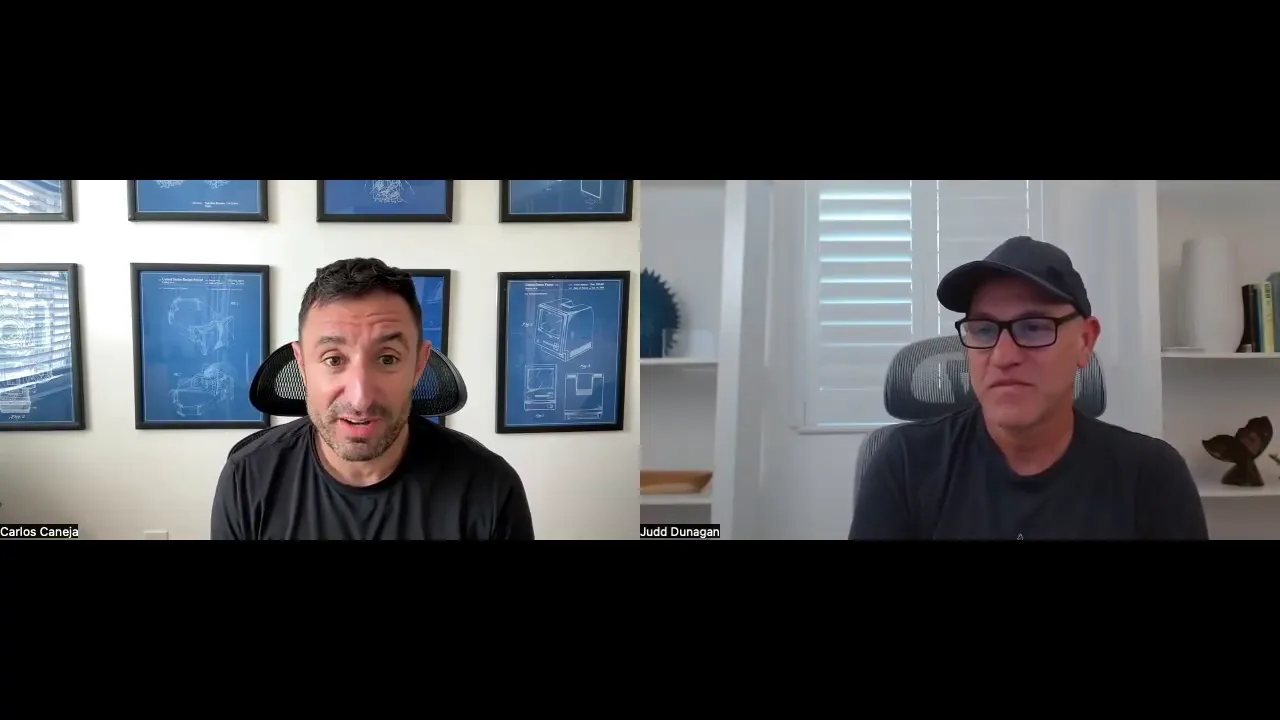Migrations and Staging for WordPress | Best Practices and Insights
Whether moving your website from one platform to another or preparing for significant updates on your WordPress site, understanding the nuances of migrations and staging environments is crucial. In this comprehensive guide, inspired by Bright Commerce’s insightful podcast episode, we delve into the pros and cons of staging, the challenges of migrating complex WordPress sites, hosting options, SEO considerations, and emerging trends in effectively managing WordPress sites.
This blog post will cover everything you need to know about Migrations and Staging for WordPress, offering practical advice, real-world examples, and expert tips to help you avoid pitfalls such as SEO loss, downtime, and data corruption. Whether you’re a developer, site owner, or digital marketer, this article is a must-read to ensure your WordPress projects run smoothly and efficiently.
Table of Contents
- Why You Should Always Stage Your WordPress Website
- Pros and Cons of Staging Environments
- Technical Challenges in Staging and Migration
- Hosting Options and Tools for WordPress Staging
- Handling Dynamic Sites and Data During Migration
- WooCommerce Subscriptions and Staging: What You Need to Know
- SEO Considerations: Avoiding Indexing Your Staging Site
- Is SEO Dead? Insights on SEO Trends and Paid Advertising
- Frequently Asked Questions
- Conclusion
Why You Should Always Stage Your WordPress Website
Staging creates a duplicate version of your live WordPress site, allowing you to safely test changes without affecting your production environment. This is especially important for websites that:
- Receive heavy traffic
- Generate leads or sales
- Have complex setups with many plugins or custom code
- Run e-commerce stores where downtime or errors can cost money
Anytime you plan to modify layouts, update plugins, or add new features, staging allows you to experiment and troubleshoot without risking the live site’s stability or user experience.
Example: Bright Commerce recently faced a client with a slow “view cart” page. Instead of disabling plugins directly on the live site (which would break functionality), they created a staging site to turn off plugins individually and identify the specific plugin causing the issue. This approach kept the live site fully functional while they diagnosed the problem.
Pros and Cons of Staging Environments
Pros
- Safe Testing: You can make mistakes and experiment without affecting your live users or SEO.
- Problem Diagnosis: Safely identify plugin conflicts, performance issues, or layout bugs.
- Backup and Recovery: Staging allows you to take snapshots and backups before deploying changes.
Cons
- Path Issues: Absolute URLs can cause you to accidentally browse the live site while thinking you’re on the staging site. Use relative paths to avoid confusion.
- Time-Consuming for Large Sites: Copying large databases and media files for staging can take hours, especially for e-commerce stores with gigabytes of data.
- Complex Deployment: Pushing changes back to production can be challenging for dynamic sites that undergo frequent updates, such as those handling orders or subscriptions.
- SEO Risks: Disabling search engine indexing on staging can lead to duplicate content issues and SEO penalties.

Technical Challenges in Staging and Migration
One major technical challenge in staging is managing URLs and database references. Most WordPress sites have absolute URLs embedded in their content, menus, and settings, which can cause problems when duplicating the site to a staging environment. For example, clicking links on staging might unintentionally redirect you to the live site.
To solve this, developers use search-and-replace tools to update URLs in the database. For instance, the Pressable hosting platform offers built-in search-and-replace tools. However, caution is essential: incorrect syntax can corrupt the database. Always create backups before running these tools.
Backup Best Practices:
- Back up your live site before creating a staging site.
- Back up the staging site before deploying the changes.
- Maintain multiple backup versions to allow quick rollback.
Backing up is a small investment of time that can save hours or days of troubleshooting if something goes wrong.
Hosting Options and Tools for WordPress Staging
When selecting a hosting provider, look for platforms that support one-click staging. Manually duplicating a WordPress site involves copying files, duplicating databases, and updating connection strings, a tedious and error-prone process.
Popular managed WordPress hosts, such as Pressable, WP Engine, and Kinsta, offer one-click staging features that simplify creating and managing staging environments.
Ease of Use: While AWS and other cloud providers offer raw infrastructure that requires manual setup, managed WordPress hosts abstract this complexity, making staging accessible even to non-developers.
Handling Dynamic Sites and Data During Migration
Dynamic sites and bustling e-commerce stores present unique challenges during staging and migration. For example, copying data from staging to live risks overwriting live orders if your site processes multiple orders per minute.
To mitigate these issues:
- Schedule deployments during non-peak hours.
- Notify customers about potential brief glitches.
- Use specialized tools or scripts to import data, such as products or settings, without selectively overwriting existing orders.
Plugins like WP All Import/Export can help export/import specific data sets, but many teams still prefer manual processes due to complexity.
Pushing staging to production is simpler and less risky for lead generation or informational sites with mostly static content.
WooCommerce Subscriptions and Staging: What You Need to Know
WooCommerce Subscriptions adds another layer of complexity. Subscription data is highly automated and constantly changing, making syncing staging and live environments challenging.
One practical approach is temporarily putting the live site into an “under construction” or “coming soon” mode, applying changes directly on the live site, and avoiding importing subscription data from staging. Importing subscriptions can often be a “nightmare” and may lead to data corruption or lost payments.
Recently, WooCommerce announced that the subscription core code is being consolidated into the WooCommerce Subscriptions plugin, reducing complexity. However, it remains a complex feature that requires careful handling during staging and migration.
Another helpful feature is that WooCommerce Subscriptions now recognizes staging environments and automatically turns off subscription emails and transactions to avoid confusing customers with staging notifications.

SEO Considerations: Avoiding Indexing Your Staging Site
One of the most critical steps in staging is preventing search engines, such as Google, from indexing your staging environment. If Google indexes your staging site, it can lead to duplicate content issues, misleading search results, and even damage your live site’s SEO.
How to prevent this:
- Add a
noindexdirective in your staging site’srobots.txtfile. - Use WordPress SEO plugins like Yoast or All-in-One SEO to prevent search engines from indexing the staging site.
- Implement password protection or login requirements to block public access.
Despite these measures, Google can sometimes index staging sites if they remain online long enough or are linked to other websites. Therefore, it’s best practice to password-protect staging sites or restrict access.
Warning: If you push the entire staging site to production without removing the “noindex” setting, your live site’s SEO can significantly decline. Recovery can take months, so double-check SEO settings before deploying.
Is SEO Dead? Insights on SEO Trends and Paid Advertising
The podcast also dives into the evolving landscape of SEO and digital marketing, sparking the question: Is SEO dead?
While traditional SEO tactics like keyword stuffing and link building have lost their effectiveness, SEO is not dead; it has transformed dramatically. Here are some key insights:
- Google’s Search Results Are Changing: Over 60% of Google searches now yield zero organic results, with answers displayed directly on the search page or through AI-generated responses.
- Paid Ads Dominate High-Intent Keywords: Nearly 75% of clicks on commercial intent keywords go to paid ads, leaving only 25% for organic results.
- AI and Alternative Platforms: Users are increasingly relying on AI assistants like ChatGPT and platforms like YouTube, TikTok, and Instagram for information, thereby reducing traditional search traffic.
- SEO Complexity and Cost: Achieving organic rankings requires significant time and effort, often making paid advertising a more viable option for new websites.
- Link Building Has Evolved: Google now favors high-quality, relevant backlinks over volume, and punishes link schemes like Private Blog Networks (PBNs).
The takeaway? Focus on creating valuable content that builds your brand presence across multiple channels and consider integrating paid advertising strategies alongside SEO efforts.
Frequently Asked Questions
Q1: Why is staging important for WordPress websites?
Staging allows you to test updates, plugin changes, and design modifications safely without impacting your live site’s functionality, SEO, or user experience.
Q2: How can I prevent my staging site from being indexed by search engines?
Use noindex directives in robots.txt, Enable “discourage search engines” settings in SEO plugins, and password-protect the staging environment.
Q3: What are the challenges of pushing changes from staging to live on dynamic sites?
Data such as new orders, subscriptions, or user-generated content on the live site can be lost if overwritten by staging data. Careful planning, selective syncing, and scheduling during low traffic periods are necessary.
Q4: Are there hosting providers that simplify staging for WordPress?
Many managed WordPress hosts, such as Pressable and WP Engine, offer one-click staging features that automate the creation and management of staging sites.
Q5: How has WooCommerce Subscriptions changed recently in terms of staging?
The core subscription code has been consolidated into the WooCommerce Subscriptions plugin, which detects staging environments and automatically turns off emails and transactions.
Q6: Is SEO still effective in 2024 and beyond?
SEO is evolving in response to AI advancements and shifts in search behavior. While traditional tactics have shifted, focusing on quality content, user experience, and multi-channel presence remains key.
Conclusion
Migrations and staging for WordPress sites are indispensable for maintaining site integrity, ensuring smooth updates, and protecting SEO rankings. Although staging environments present challenges such as URL management, data syncing, and SEO risks, these can be mitigated with the proper tools, best practices, and careful planning.
Choosing the right hosting provider with robust staging features, understanding the complexities of dynamic content like WooCommerce subscriptions, and strictly managing SEO settings are all crucial steps in a successful migration or update process.
Ultimately, SEO is not dead in today’s digital marketing landscape; it has been transformed. Combining innovative SEO practices with paid advertising and embracing new content platforms will help your WordPress site thrive in the evolving ecosystem.
For anyone managing or developing WordPress sites, mastering migrations and staging is essential to avoid costly mistakes and to build a resilient, high-performing online presence.
For more insights and expert services, visit Bright Vessel and Bright Code.
